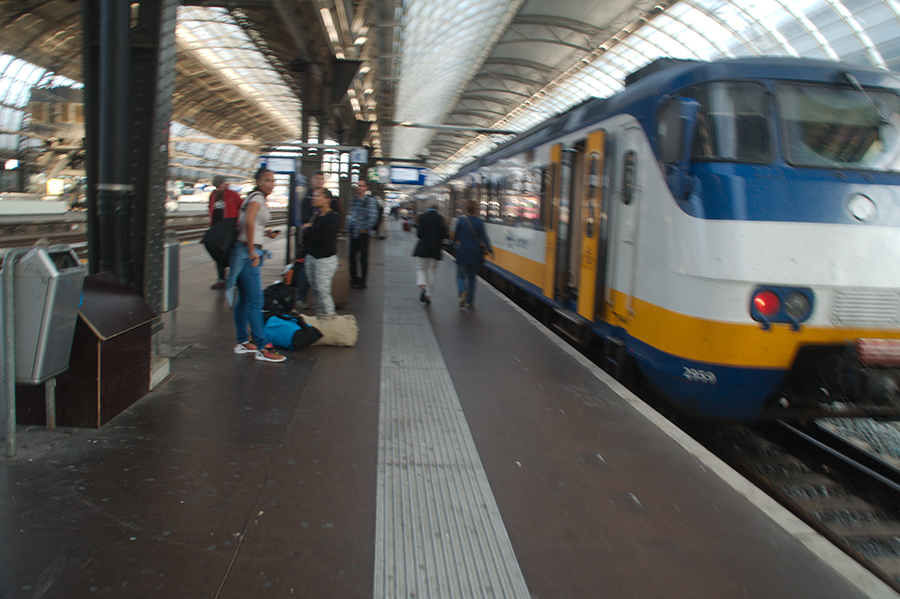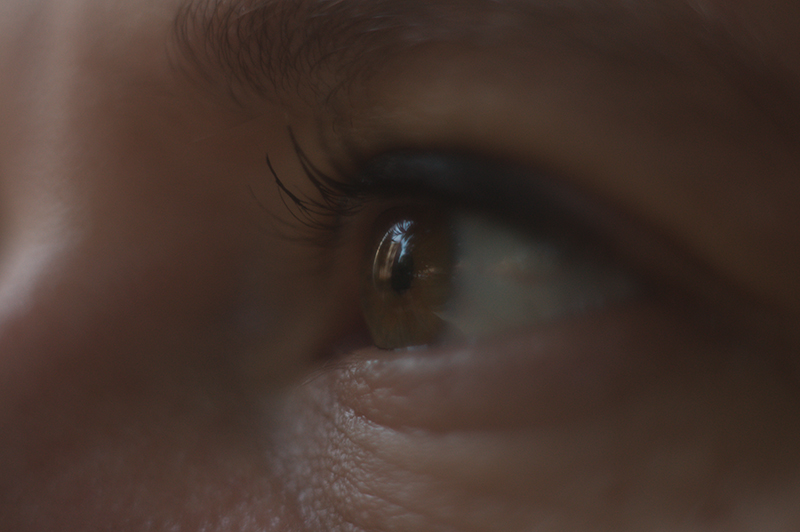Understanding your Gear - part one: Aperture
It has been a while I wrote an article. As a matter of fact: It has been a while I did anything with this site, period.
You know I'm on Google+ and most of my posts go there. Since a few weeks you can find me on Facebook (yeah, me) as well. Interacting with other people on both of them "social" sites I learned a few people wanted to get to understand their camera better. Of course: I don't know all of the camera's they have. So this article will not be about knobs, wheels, options, touches... If you where expecting that: RTFM!
Okay, your Gear. What's it all about? Let's start with your camera. I can write a few articles on that one. Planning on three to be exactly...
There are three things you can "set" for taking that one great image: aperture, shutter-speed and ISO.
Yeah, we've gone digital. All kinds of menu's and pre-sets are offered by your camera: fancy-filters, great effects. That's all about post-processing. It has nothing to do with taking a good picture.
Photography is all about light.
A photographer uses his camera to control the light in order to take a great picture.
Aperture: How much light can reach the sensor (or film)?
ShutterSpeed: How long will the sensor (or film) be exposed?
ISO: How sensitive is the sensor (or film) to the light?
A S ISO
Some camera's show Av, Tv, ISO or A, T, ISO. Where T stands for Time.
I stick to A for Aperture, S for shutterSpeed and ISO for ISO or ASA (film).
This article will be all about Aperture = Lens Opening.
First thing you have to (right now) is to find out how you can set your camera to Aperture Priority. Most likely there is a knob on the top of your camera with (amongst others) the selection A. Turn the knob so A is selected. If you can't find it take a look at the manual.
With your camera set in A-priority mode, you decide the amount of light that will enter the camera. The bigger the aperture (lens opening) the more light is able to enter your camera.
However, the camera decides on wich shutterspeed is used.
The more light is able to enter the camera, to higher the shutterspeed will be.
If your shooting in a dark environment you might want to use a large aperture. That way more light can reach the sensor.
There are a few consequences by choosing a certain aperture. The more light you let in, the higher the shutter-speed can be.  This can be important when you're taking images of fast moving objects. I will talk about shutter-speed in another article. But in general: the more movement is involved (you, your camera or the subject) the faster the shutter-speed has to be to freeze the image.
This can be important when you're taking images of fast moving objects. I will talk about shutter-speed in another article. But in general: the more movement is involved (you, your camera or the subject) the faster the shutter-speed has to be to freeze the image.
In the image shown here you see the amount of light is perfect. But... the photographer (I'm afraid it's me...) had difficulty to keep the camera steady. The used aperture was f/5.6 and the camera decided that it needed a shutter-speed of 1/40 of a second. Well, that's a mighty long time to keep you camera steady (when you're walking!). Chances are that if I used an aperture of f/2.8 the picture wouldn't be blurry. The shutterspeed would be at 1/80th of a second (take a look at the article about the Exposure Triangle and The relation between A, S and ISO for more technical stuff)
But...
The more light you let in, the more difficult it will be to get the subject sharp in the image. And this time I'm not talking about blurry images due to movement but about
Depth of Field or DoF (see also: DoF).
 In the image of the eye you can see there is only a small area wherein the subject is sharp. In this example the area is about 10mm deep. It is very difficult to fit your subject within that small focus area!
In the image of the eye you can see there is only a small area wherein the subject is sharp. In this example the area is about 10mm deep. It is very difficult to fit your subject within that small focus area!
I had to take this image a few times, former attempts where all blurred.
The shutter-speed I decided to use was 1/200 of a second. The aperture was about f/1.4.
By the way: I say "I decided" on the shutter-speed. For this picture the camera was in complete manual-mode. (M).
So, in general: the darker the place you're shooting, the bigger the aperture has to be. And: the bigger the aperture the harder it will be to get your subject into focus due to the small depth of (focus)field.
When I go out for street-photography I usually set the aperture to f/8. This way I know pretty much everything in the frame will be in focus.
Taking a photograph I will always look at the shutter-speed the camera is going to use. I mean: If you set your camera into A-priority, the camera decides wich shutterspeed it's going to use. If it's getting too slow I will change aperture or ISO, depending on the wanted result.
This is NOT the complete story on Aperture. In de menu on the right-hand side you can find articles beneath "Main topics to master photography". If you want a more technical approach please read these articles.
Okay,
This has been a long read for you.
Please don't hesitate to send me a message if you have any questions. But, before you do so I would really like to encourage you play a little with your camera in the A-mode. Click, look and learn!
I hope you liked this article. If so: spread the word by plussing, liking and sharing.
For now: Have a good one and use the light to write!